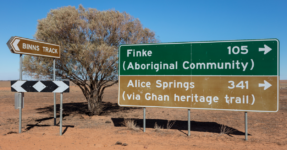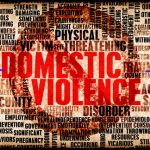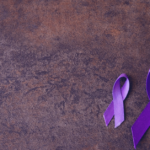Domestic Violence Offences Plague Indigenous Communities Across Australia

Domestic violence offences are at epidemic levels across Australia, impacting individuals and families in all communities. But when it comes to Indigenous communities, the prevalence of domestic violence offending is especially alarming.
According to a report by the Australian Institute of Health and Welfare, Indigenous women are 32 times more likely to be hospitalised for domestic violence-related injuries than non-Indigenous women.
Factors Contributing to Domestic Violence in Indigenous Societies
The troubling statistic highlights the urgent need for action to address this crisis within Indigenous communities, where underlying issues such as lack of access to employment, healthcare and services, alcohol and drug dependency, intergenerational trauma, cultural disconnection and overall low socio-economic status contribute significantly to creating environments where domestic offending flourishes, especially in remote communities.
Historical Trauma
Historical trauma refers to the ongoing impact of colonization, dispossession, and forced assimilation on Indigenous communities. This trauma has created a cycle of dysfunction and violence that continues to affect Indigenous families today.
Intergenerational trauma further exacerbates the problem, as children who witness or experience domestic violence are more likely to become perpetrators or victims of violence themselves.
Social Disadvantage
Factors leading to socio-economic disadvantage, such as high rates of poverty, unemployment, substance abuse and lack of access to basic services, exacerbates stressors and challenges for individuals and families within Indigenous communities, increasing the likelihood of violence occurring within the home.
Cultural Disconnection
Cultural disconnection is another significant issue when it comes to creating environments that are healthy, positive and cohesive, and must be addressed if domestic violence is to be properly addressed.
The erosion of traditional cultural values and practices has left many Indigenous individuals feeling disconnected from their identity and community. This loss of cultural connection can contribute to feelings of isolation, low self-worth, and a lack of support networks, all of which can increase the risk of domestic violence.
Multifaceted Approach Required
A multifaceted approach is required when it comes to reducing domestic violence in Indigenous communities, one which addresses the underlying factors that contribute to the creation of an environment where both self-respect and respect for others is prioritised.
The approach must also be culturally sensitive and aimed at empowering Indigenous people to heal and thrive, addressing the underlying social determinants of violence, including poverty, unemployment, access to services and substance abuse.
By acknowledging the factors that contribute to domestic violence offending and providing sufficient funding for programs and grass-roots initiatives that address those issues,, the prevalence of such conduct may be reduced and Indigenous communities have a chance to live under similar socio-economic conditions to broader Australian society.
Domestic Violence Offences
Domestic violence offending can occur within the home as well as in public settings.
The most common types of domestic violence related offences are assaults, followed by offences against property such as intentional or reckless damage, an offence formerly known as ‘malicious damage’.
The reporting of these offences can result in apprehended violence orders being issued, as well as assault charges being brought against alleged offenders.
Sadly, however, the issuance of an AVO or pressing of assault charges does not guarantee such conduct will not reoccur – it is a ‘band aid solution’ to a much broader and deeply rooted social issue.
Reducing the prevalence of domestic violence across Australia requires a fundamental cultural shift in the way violence and coercive control are perceived in our society– a shift that involves acknowledging that violence is never a solution to difficult and stressful situations, that it is never acceptable and should never be tolerated.
In the context of Indigenous communities, proactively seeking to rectify social disadvantage and empower peoples that have long been treated unfairly, socially and economically excluded, and stigmatised by a nation that calls itself ‘the lucky country’ will go some way to creating positive environments where respect can subsume conflict and animosity.






